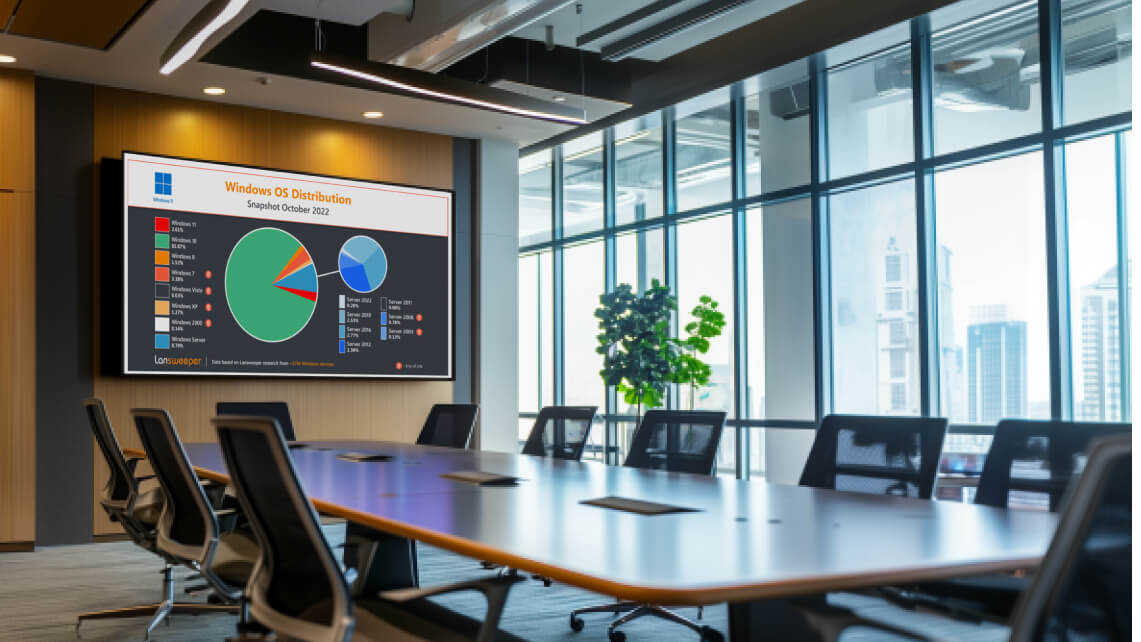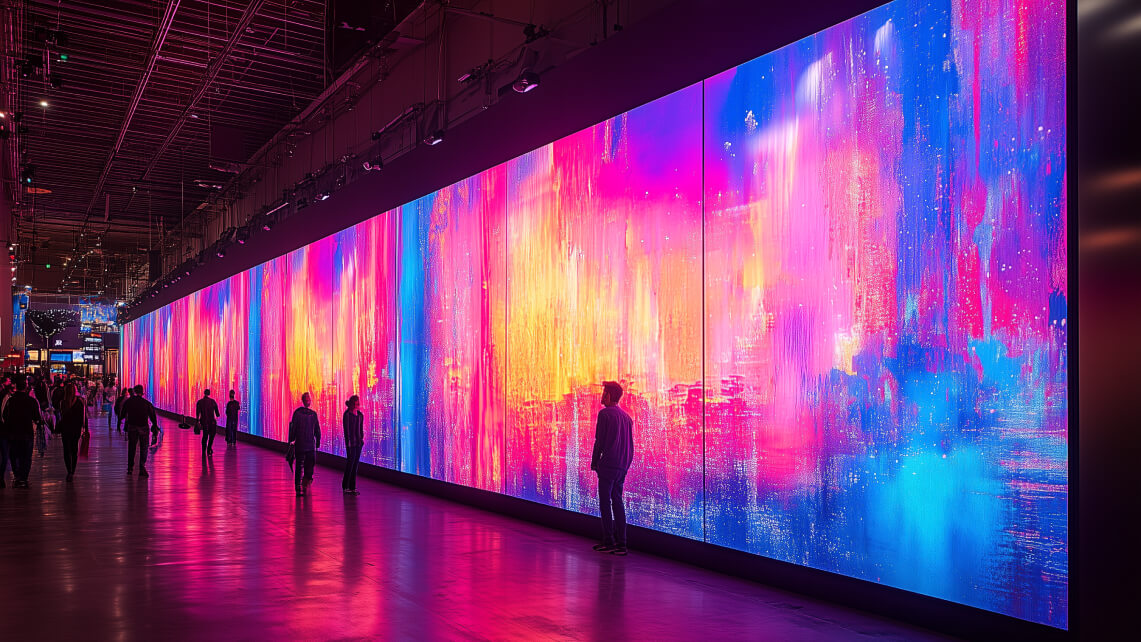Selecting the perfect LED screen for an indoor event in Malaysia hinges on factors like venue size, seating configuration, ambient lighting, and content type. Whether you choose a compact All-in-One LED Display for meeting halls or a versatile Modular LED Display for large exhibition spaces, matching technical specifications to your event’s needs ensures bright, crisp visuals with minimal installation time. This guide empowers event planners, AV professionals, and marketers with clear criteria, actionable tips, and product highlights to deliver an unforgettable indoor experience.
From corporate conferences in Kuala Lumpur convention centres to gala dinners in Penang ballrooms, indoor events demand reliable screens that integrate seamlessly with lighting and audio. This 3,000-word review covers everything from pixel pitch and brightness to installation logistics, maintenance, and local compliance showcasing how Hayamim AVA’s All-in-One and Modular LED solutions shine in indoor settings.
1. Introduction: LED Screens Elevating Indoor Events
Indoor events in Malaysia ranging from high-profile product launches to academic seminars—demand displays that perform reliably under controlled lighting and acoustics. LED screens bring dynamic visuals, high contrast, and flawless color reproduction to every indoor setting. Unlike outdoor venues, indoor spaces allow for moderate brightness levels and simplified climate control, enabling sharper pixel pitches and more detailed imagery.
This guide focuses exclusively on indoor applications, ensuring that event professionals can choose the right LED solution be it a sleek All-in-One unit for a 200-seat lecture hall or a large Modular configuration for a 1,000-attendee conference.
2. LED Display Types for Indoor Use
All-in-One LED Display:
- Pre-integrated panels and electronics in a single frame.
- Quick setup on stands or walls—ideal for meeting rooms, ballrooms, and small theatres.
Modular LED Display:
- Customizable modules create screens of any size or shape.
- Perfect for large auditoriums, exhibition halls, and stage backdrops where seamless visuals and flexible layouts are key.
3. Crucial Selection Criteria for Indoor Venues
- Room Dimensions & Seating Layout: Calculate optimal screen size based on viewing angles and seating tiers.
- Viewing Distance: Indoor audiences often sit 2–20 meters away; choose pixel pitch (P1.8–P3.9) accordingly.
- Ambient Light Control: Assess window placements and artificial lighting. Moderate 800–1,200 nits brightness suffices in most air-conditioned halls.
- Content Requirements: High-definition video, live feeds, or static presentations each require different refresh rates and processing capabilities.
- Mounting & Mobility: Portable All-in-One displays excel for multi-room events; fixed modular walls suit dedicated venues.
- Integration with AV & Control Systems: Seamless HDMI, USB-C, and network connections tie into sound, lighting, and event management software.

4. All-in-One LED Displays: Ideal for Meeting Rooms & Board Rooms
Advantages for Indoor Events
- Rapid Deployment: Integrated frame and power supply—ready in under 30 minutes.
- Portability: Locking caster wheels for moving between breakout rooms or stages.
- Consistent Performance: Factory-calibrated color and brightness optimized for indoor lighting.
Typical Use Cases
- Corporate Meetings: 55″–75″ All-in-One screens mounted on stands for boardroom presentations.
- Banquets & Galas: Freestanding displays that complement decor and seating arrangements.
- Gallery & Museum Exhibits: Interactive kiosks with touch-enabled All-in-One screens.
Hayamim AVA’s indoor-rated All-in-One LED Display series comes in 55″, 65″, and 75″ sizes, featuring 2,500:1 contrast ratios and 1,000 nits brightness perfect for any indoor event.

5. Modular LED Displays: Scalable Solutions for Exhibitions & Stages
Advantages for Large-Scale Indoor Events
- Customizable Dimensions: Build screens spanning multiple meters wide and tall to fit grand stages.
- Curved & Irregular Shapes: Wraparound displays for immersive trade show booths.
- Seamless Imagery: Bezelless modules ensure uninterrupted visuals across expansive surfaces.
Typical Use Cases
- Exhibition Halls: Double-height screens for product showcases, meeting the eye level of attendees.
- Conference Stages: Wide panoramic LED walls that serve as dynamic backdrops.
- Theaters & Auditoriums: High-resolution displays for academic lectures and performing arts.
Hayamim AVA’s Modular LED Display panels—available in P1.9, P2.5, and P3.9 pixel pitches—deliver 800 nits typical brightness indoors and support front or rear service for minimal downtime.
6. Technical Specs: Optimizing for Indoor Conditions
Consult Hayamim AVA specialists to fine-tune these parameters for your specific space.
7. Ambient Lighting and Brightness Considerations
Indoor lighting schemes vary from dim theatrical setups to bright conference halls. Select LED screens with adjustable brightness profiles or automatic sensors. Hayamim AVA’s displays offer:
- Dynamic Dimming: Synchronizes with house lighting cues.
- Ambient Light Compensation: Automatically adjusts luminance for consistent image quality.
8. Content Strategy for Indoor Environments
Develop content tailored to indoor screens:
- Resolution Matching: Create graphics at native resolution (e.g., 1920×1080 for 65″ All-in-One).
- Aspect Ratio Planning: Account for wide or tall layouts in modular setups.
- File Formats & Codec: Use MP4 H.264 for video compatibility; PNG for sharp text and logos.
Work with Hayamim AVA’s content team for optimized templates and playback scheduling.
9. Installation Best Practices for Indoor Venues
- Site Survey: Measure wall clearances, identify cable paths, and note power outlets.
- Mounting Systems: Use VESA-compatible mounts for All-in-One units; rigging bars for modular cabinets.
- Cable Management: Conceal cables in trunking or under floor plates for aesthetics and safety.
- Testing & Calibration: Perform multi-point color calibration in the actual event lighting.
Hayamim AVA’s installation team guarantees seamless integration with venue infrastructure.
10. Maintenance & Support in Air-Conditioned Spaces
Indoor displays benefit from controlled climates, reducing dust and heat stress. Maintenance protocols:
- Regular Cleaning: Soft microfiber wipes to remove fingerprints and dust.
- Firmware Updates: Push new controls via networked MDM systems.
- Spare Modules: Keep a few extra cabinets on hand for quick replacement.
Local support from Hayamim AVA ensures prompt on-site repairs if needed.
11. Budgeting, ROI & Indoor Event Case Studies
Cost Components:
- Hardware: Screen panels, media servers, mounts
- Installation: Labour, rigging, permits
- Content: Production and scheduling software
ROI Drivers:
- Enhanced attendee experience and engagement metrics
- Revenue from sponsorships and in-event advertising
- Reduced rental fees by owning displays for recurring indoor events
Case Study: A Kuala Lumpur tech conference installed a 4m×2m Modular LED wall, resulting in 30% higher attendee satisfaction and 20% more sponsor interest within the first year.
12. Compliance, Safety & Venue Regulations
Ensure compliance with indoor event norms:
- Electrical Safety: SIRIM certification, proper earthing, and overload protection.
- Fire Codes: Flame-retardant cables and accessible fire exits.
- Occupancy Limits: Avoid obstructing aisles or fire lanes with display structures.
Work with Hayamim AVA to secure necessary permits and safety approvals.
13. Future-Proofing Your Indoor Display Investment
Plan for tomorrow:
- Upgradeable Pixel Pitch Modules: Swap cabinets as higher-resolution panels become affordable.
- Software Scalability: Cloud-based CMS for instant content updates across multiple venues.
- Interactive Upgrades: Add touch overlays or camera tracking for audience engagement.
Continuous collaboration with Hayamim AVA ensures your system evolves with industry trends.
14. Final Thoughts: Brightening Malaysia’s Indoor Events
Choosing the right LED screen is pivotal to creating memorable indoor experiences. All-in-One LED Displays deliver rapid setup and consistent quality for smaller venues, while Modular LED Displays provide limitless scale and design freedom for grand stages and exhibition halls. By aligning technical features, venue specifics, and content needs, you can confidently select a display solution that elevates any indoor event in Malaysia.
Partnering with Hayamim AVA ensures access to top-tier products, expert installation, and ongoing support making your visual experience shine from kickoff to close.
15. Frequently Asked Questions (FAQ)
- Can All-in-One displays be stacked for larger indoor setups?
Some models support vertical stacking up to two units, but modular walls are better for expansive areas.
- How do I control multiple displays simultaneously?
Use a centralized media server or CMS; Hayamim AVA provides intuitive control software for multi-screen synchronization.
- Is professional calibration needed every event?
Initial calibration suffices; minor brightness adjustments can be made via remote controls for repeat events.
- Do indoor LED screens require special cooling?
Air-conditioned venues typically maintain optimal operating temperatures; no additional cooling necessary.
- What warranty does Hayamim AVA offer?
Standard 3-year warranty with optional extensions and local spare parts support.



